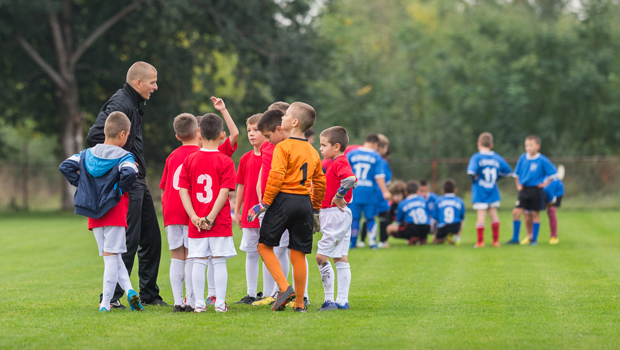What Superheroes Teach Us About Responsibility
Spider-Man’s motto says: “With great power there must also come great responsibility.” We do not need unnatural abilities like wall-crawling to recognize that as ordinary human beings we are already extraordinary creatures possessing the ability to do good in our everyday lives. Taking responsibility for ourselves and for each other can be difficult, but to live well we need to feel as if we have some agency in our own lives. We furthermore want to see if putting our own abilities to use impacts other people’s lives positively, too.
Sometimes we can succumb to voices inside ourselves that tell us that our lives are hopelessly beyond our control and we couldn’t possibly be held accountable for who we are because of the misfortunes we’ve suffered. There are always other people who are glad to play the hero and promise to take responsibility for us if only we let them. But that’s not the kind of hero we need. We all need assistance from other people—nobody is self-sufficient—but the help we really need is that of someone who can help us regain confidence in our ability to better take care of ourselves. That, in return, places us in a better position to set an example to others by coming to their assistance, too.
Courage Endures
Superheroes are suitable role models for a society that treats people as equals and respects their liberty and dignity. They provide good examples of what it means to take responsibility for ourselves and each other. Consider how, in the movie Logan, Wolverine tells his daughter Laura, “Don’t be what they made you.” Black Widow, featured in the Avengers films, is another superhero who has been manipulated to suit the purposes of others rather than being raised to be her own person.
Other great characters like Jessica Jones, star of her own Netflix series, and Captain Marvel, coming to theaters in 2019, have been profoundly mistreated. Yet they learn that becoming the best version of themselves is ultimately up to them. Their ability to help others to do the same is contingent on embracing that.
Given how privileged Superman is, with his Smallville upbringing in the care of the Kents, with all the knowledge and technology of Krypton at his disposal, with friends as super as those he has in the Justice League, it is easy to forget how much loss he has suffered, how much sorrow he has endured and overcome. Despite all that he remains a symbol of hope and resilience.
It Takes Effort
Being responsible should never be portrayed as something that is easy to do, but it is how one becomes a beacon of courage and hope to inspire others. Taking responsibility for oneself does not require assuming total control over one’s life or taking the blame for everything. It requires recognizing that how you handle life’s trials or failures—as well as how you treat other people and share your successes—must be reckoned as fundamentally up to you. The advice and encouragement of others is helpful, but it is still up to you to identify good counsel and follow good examples.
The challenges that each person confronts in life vary wildly from individual to individual. We all need some help in learning how to be brave and hopeful. We don’t need the kind of discouragement or despair that allows us to be defined and defeated by difficulties. Given that human beings are interdependent, it is incumbent on all of us to learn both personal and interpersonal responsibility. Superhero stories are popular because they convey that message in an age when it seems tempting to surrender to irresponsibility, neglect our responsibilities to each other or allow others to take full responsibility for us.
Belief in the Greater Good
In their stories, superheroes strive to be altruistic. They perform good deeds and make great sacrifices on behalf of others. But however bright or mighty they may be, you will notice that they do not try to rule other people even for their own good. Trying to rule over others is what supervillains do! Superheroes know that although people often need help to overcome obstacles, we must not be absolved of our responsibilities for ourselves and to each other. Our responsibility to each other extends to improving each other’s ability to live well as free persons. Only then may be strive together to becoming better and happier versions of ourselves, in our own lives and as parts of our communities.
Read More









